Yash Khandhediya
ViS-HuD: Using Visual Saliency to Improve Human Detection with Convolutional Neural Networks
Apr 18, 2018



Abstract:The paper presents a technique to improve human detection in still images using deep learning. Our novel method, ViS-HuD, computes visual saliency map from the image. Then the input image is multiplied by the map and product is fed to the Convolutional Neural Network (CNN) which detects humans in the image. A visual saliency map is generated using ML-Net and human detection is carried out using DetectNet. ML-Net is pre-trained on SALICON while, DetectNet is pre-trained on ImageNet database for visual saliency detection and image classification respectively. The CNNs of ViS-HuD were trained on two challenging databases - Penn Fudan and TUD-Brussels Benchmark. Experimental results demonstrate that the proposed method achieves state-of-the-art performance on Penn Fudan Dataset with 91.4% human detection accuracy and it achieves average miss-rate of 53% on the TUDBrussels benchmark.
VEGAC: Visual Saliency-based Age, Gender, and Facial Expression Classification Using Convolutional Neural Networks
Mar 13, 2018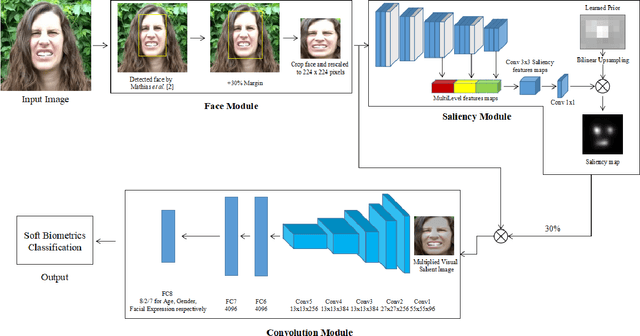
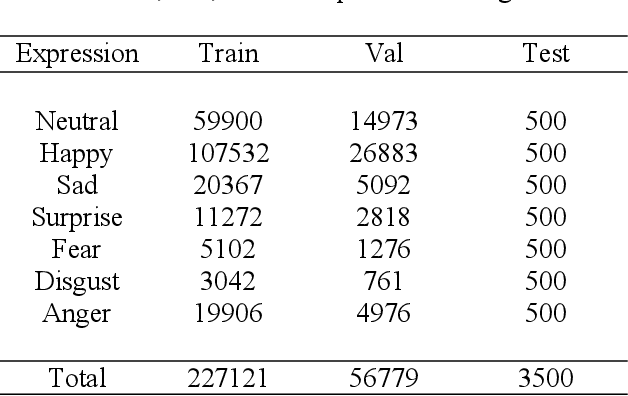

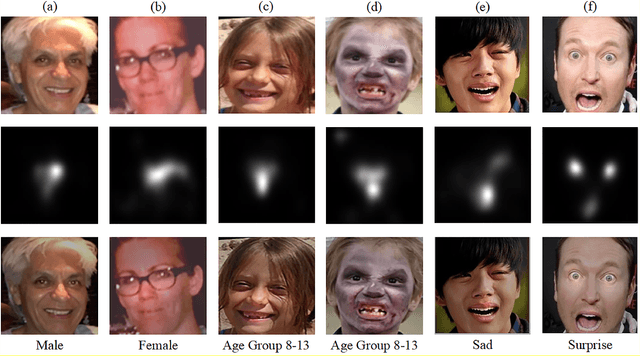
Abstract:This paper explores the use of Visual Saliency to Classify Age, Gender and Facial Expression for Facial Images. For multi-task classification, we propose our method VEGAC, which is based on Visual Saliency. Using the Deep Multi-level Network [1] and off-the-shelf face detector [2], our proposed method first detects the face in the test image and extracts the CNN predictions on the cropped face. The CNN of VEGAC were fine-tuned on the collected dataset from different benchmarks. Our convolutional neural network (CNN) uses the VGG-16 architecture [3] and is pre-trained on ImageNet for image classification. We demonstrate the usefulness of our method for Age Estimation, Gender Classification, and Facial Expression Classification. We show that we obtain the competitive result with our method on selected benchmarks. All our models and code will be publically available.
Flower Categorization using Deep Convolutional Neural Networks
Dec 08, 2017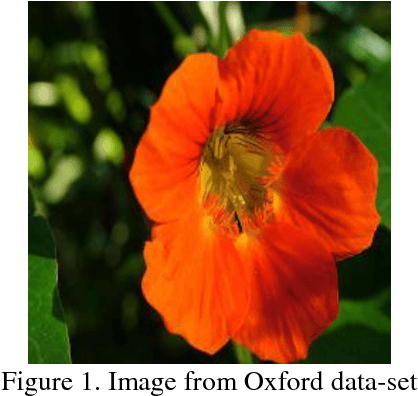
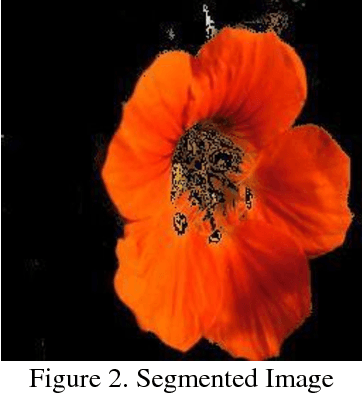

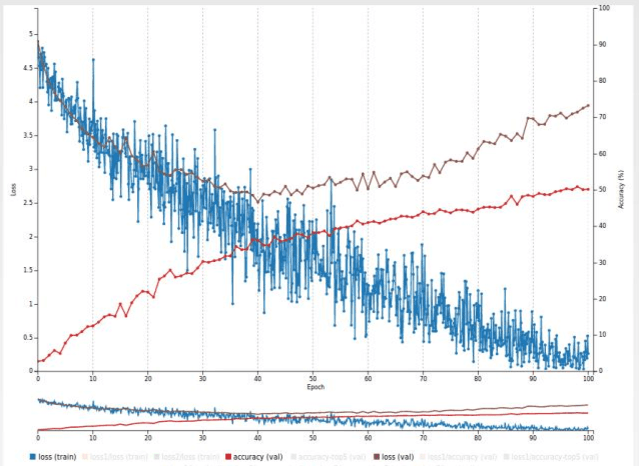
Abstract:We have developed a deep learning network for classification of different flowers. For this, we have used Visual Geometry Group's 102 category flower dataset having 8189 images of 102 different flowers from University of Oxford. The method is basically divided into two parts; Image segmentation and classification. We have compared the performance of two different Convolutional Neural Network architectures GoogLeNet and AlexNet for classification purpose. By keeping the hyper parameters same for both architectures, we have found that the top 1 and top 5 accuracies of GoogLeNet are 47.15% and 69.17% respectively whereas the top 1 and top 5 accuracies of AlexNet are 43.39% and 68.68% respectively. These results are extremely good when compared to random classification accuracy of 0.98%. This method for classification of flowers can be implemented in real time applications and can be used to help botanists for their research as well as camping enthusiasts.
Human Detection for Night Surveillance using Adaptive Background Subtracted Image
Sep 27, 2017



Abstract:Surveillance based on Computer Vision has become a major necessity in current era. Most of the surveillance systems operate on visible light imaging, but performance based on visible light imaging is limited due to some factors like variation in light intensity during the daytime. The matter of concern lies in the need for processing images in low light, such as in the need of nighttime surveillance. In this paper, we have proposed a novel approach for human detection using FLIR(Forward Looking Infrared) camera. As the principle involves sensing based on thermal radiation in the Near IR Region, it is possible to detect Humans from an image captured using a FLIR camera even in low light. The proposed method for human detection involves processing of Thermal images by using HOG (Histogram of Oriented Gradients) feature extraction technique along with some enhancements. The principle of the proposed technique lies in an adaptive background subtraction algorithm, which works in association with the HOG technique. By means of this method, we are able to reduce execution time, precision and some other parameters, which result in improvement of overall accuracy of the human detection system.
 Add to Chrome
Add to Chrome Add to Firefox
Add to Firefox Add to Edge
Add to Edge